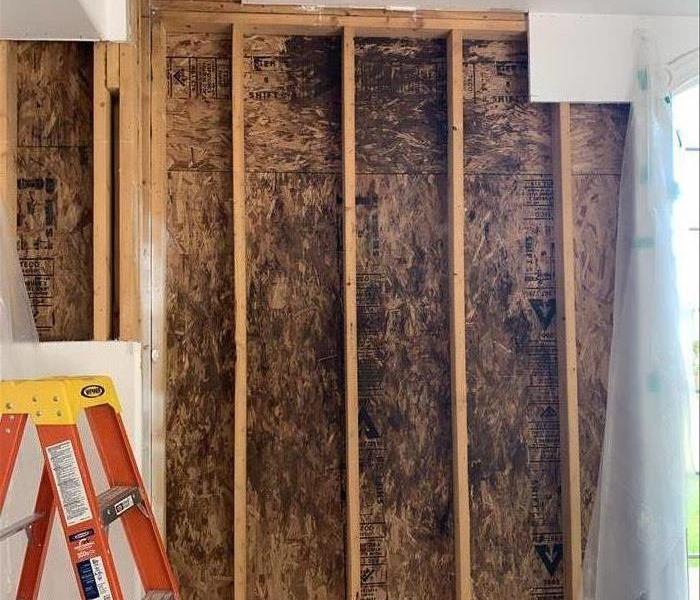Mold Remediation
Understanding Molds
Molds are everywhere in our environment and are a vital part of the ecological system. Molds have existed a long time. Mold is a fungus, a multicellular plant-like organism, that does not produce chlorophyll as plants do.
The life of a typical mold begins as a tiny spore. The spore functions like a seed, but is smaller and simpler. Molds have a spore mass much smaller than the size of a pinhead, but this tiny structure contains thousands of spores. When something causes the spore mass to break, thousands of mold spores are set free. Airflow carries the spores off, and they remain airborne until gravity finally causes them to settle.
Eventually, the airborne spores land and settle on a surface. Spores may or may not germinate immediately, since they are built for survival. The spores may lie dormant, waiting for the right conditions for growth. Those conditions include food, temperature, and moisture.
Molds can germinate where these conditions are present. How fast growth occurs depends on the combination of conditions. Spores can germinate after only 12 hours in some conditions and some grow in 24 to 48 hours. Houses offer an ample food supply—drywall, wood, insulation, paper. When these materials become damp or wet, settled spores can become growing molds.
Growth Begins with Hyphae- Moisture causes spores to swell and begin to grow by sending out a network of structures. These networking growths are called hyphae. Many types of molds grow and expand through three kinds of hyphae:
- Root-like hyphae grow like roots beneath the surface of the material on which the spores settled.
- Surface hyphae-spread out across the surface of a material.
- Upright hyphae- grow upright and have a spore mass on top. Eventually the spore mass breaks sending out more spores, and the life cycle starts over. Molds are designed to survive and multiply!
*Source: Understanding Mold In The Property Restoration Industry





 24/7 Emergency Service
24/7 Emergency Service

